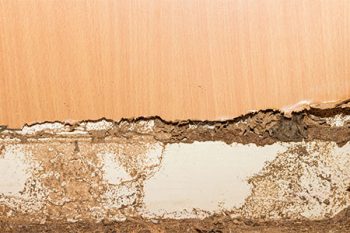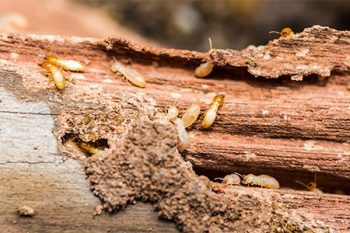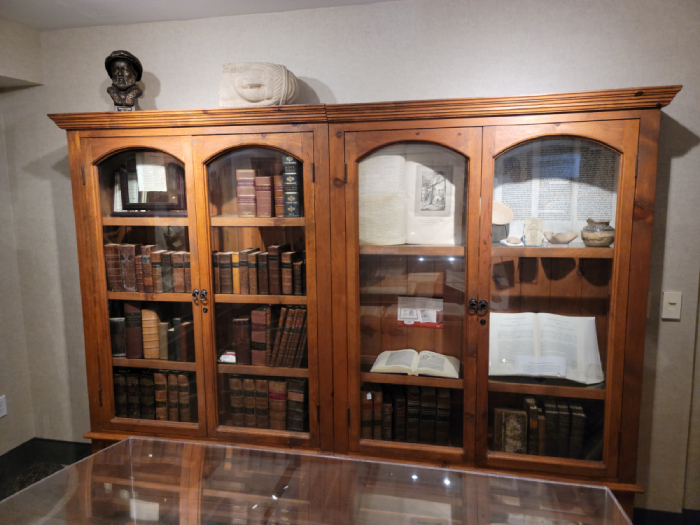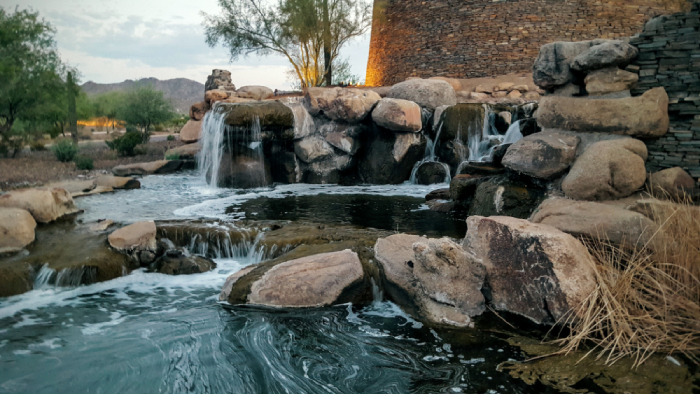Getting Rid of Termites
Termites in Arizona are an enormous problem. In the Phoenix metro area, the main species of termite that we deal with is known as the Hetrotermes.
Types of Termites


Hetrotermes have a primary king and queen; they also have supplemental kings and queens. The king and queen are in a primary colony. There are supplemental kings and queens in supplemental colonies. The primary and supplemental colonies are networked together. This network of termites is subterranean. They are typically a few feet and can be up to a few stories deep in the soil. The subterranean colonies are always spread out over a few feet and can spread to more than 150 feet.
The Hetrotermites are a neighborhood problem. They always feed on multiple food supply sources: your house, the neighbor’s house, dead tree roots, woodpiles, whatever source they can find they actively pursue for nutrition. Subterranean termites consume the wood components that make up your house. The subterranean termites take the wood back down into their colony, they feed the reproductives, they feed the larva, and they interact socially.
How to know Termites are present
Termites live in cryptobiotic life, which is a hidden life. For every area where they have visibly manifested, the assumption can be made that there are many more areas they infest that you cannot see. This hidden lifestyle allows subterranean termites to enter structures and damage structures without you ever, even knowing. An analogy I commonly use is that termites are like a cancer of the house; they eat it from the inside out. The damage that they do can be significant. It is a fact that termites cause more annual damage than fires, storms, tornadoes, and hurricanes combined.
Termites can enter a home through cracks that exist around the foundation or in the flooring and around conduit that penetrates the slab. Once you have evidence or visible signs of termites, it is evidence that we call “presumptive of an underlying infestation.”
Termite removal
The treatment of subterranean termites in the Phoenix metropolitan area should always be done by a professional. The structure should be inspected, a detailed diagrammatic description should be made, and then a treatment plan can be properly prescribed.
The most effective treatment to control subterranean termites in the Phoenix metro areas is to do a conventional treatment. Anteater Exterminating uses Termidor SC® predominantly. This product is by far the most effective when treating for subterranean termites. If you are having your structure treated, you should consider using Termidor SC®.
How to remove Termites


Treatment may involve raking back your landscaped material and digging a small trench along the foundation of your home and then filling the trench full of Termidor SC® at 4 gallons per 10 linear feet. As the soil is put back into the trench, it must be mixed into the Termidor SC®. The landscaping can then be graded to its original placement.
Anteater Exterminating, Inc. may have to drill through attached porch slabs and inject the material underneath the slab to obtain 4 gallons per 10 linear feet. The drill holes are patched after treatment. It may also be necessary to drill through the garage slab and utilize the same process as on the concrete porch slabs.
Additionally, termites may enter a home through cracks that can exist where the interior floor slab meets the inside of the stem wall, along with where conduits penetrate the slabs or cracks that may have formed through the stress on the floors slab. All of these areas may need to be addressed if there are active termites found on the interior of your home.
Depending on the type of construction of your home, there may be a combination of various other treatments that would also need to be performed. For this reason, it is essential to have a visual inspection to determine the type of construction, to determine the extent of the infestation, and to plan the correct method of treatment.
A newer type of construction that is becoming common in Arizona is post-tension construction slabs. These slabs do not have any interior cracks through which the termites can transverse to gain access to your home. Post tension slabs can not be drilled because it would damage the slab and cause structural integrity defects. This would be one of many good reasons to have a professional inspect your home who is knowledgeable about construction and determine the type of specific treatment needed.
Recently, there have been newer products that have been introduced to the market that have given us other tools in our toolbox that we can use to combat subterranean termites. One of these materials is known as Termidor Dry®, and it has the advantage of the Termidor Transfer Effect®. It can be applied directly to termite areas of activity inside of different wood components that comprise your home.
Termite Control Near Me
Anteater Exterminating offers a 5-year guarantee with some of our termite treatments. This termite treatment guarantee is comprehensive and will offer you the highest degree of protection in the event that further termite problems are contracted.



